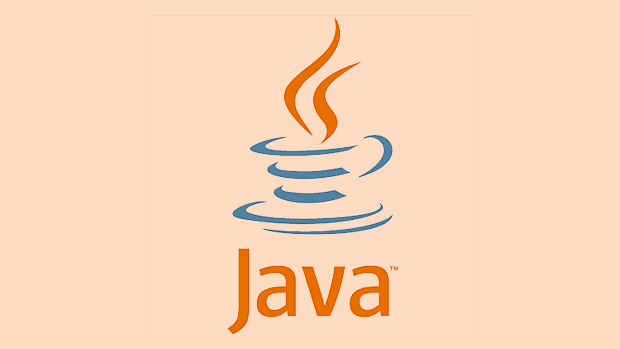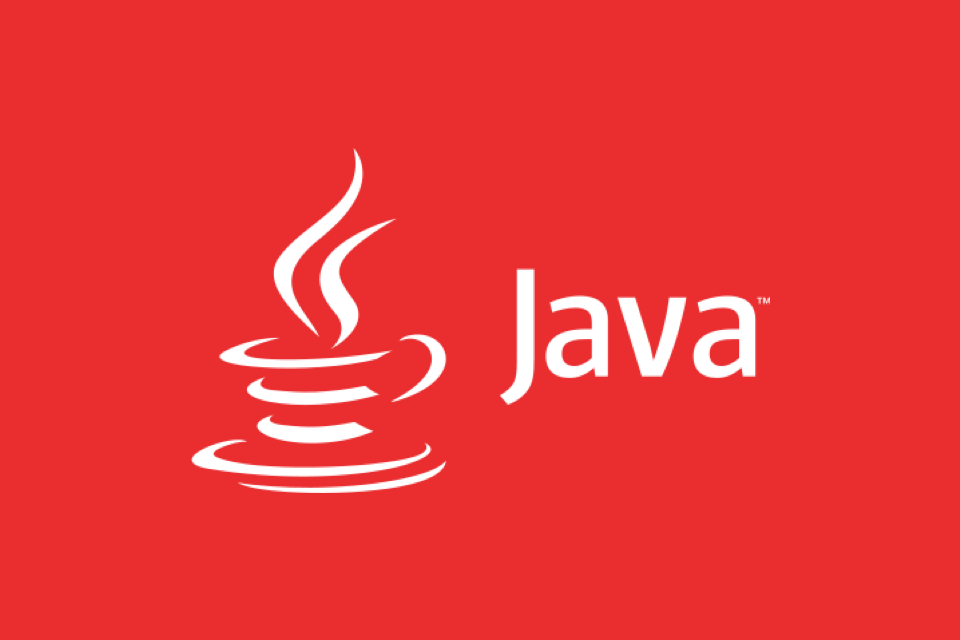The Java Reflection API allows you to check and operate components such as classes, methods, fields at runtime, so that the code has dynamic adaptability. It can be used to discover class structures, access private fields, call methods dynamically, and create instances of unknown classes. It is commonly found in frameworks such as Spring and Hibernate, and is also used in scenarios such as serialization libraries, testing tools, and plug-in systems. 1. The dependency injection framework realizes automatic assembly through reflection; 2. The serialization library uses reflection to read object fields to generate JSON; 3. The test tool uses reflection to call the test method and generates a proxy; 4. The plug-in system dynamically loads and executes external classes with the help of reflection. However, it is necessary to pay attention to performance overhead, security restrictions, packaging corruption and lack of security during the compile period, and should be used with caution to avoid unnecessary complexity and errors.

Java Reflection API lets you inspect and manipulate classes, methods, fields, and other components of a Java program at runtime. It's a powerful tool that gives you the ability to work with code dynamically — even if you don't know exactly what classes or methods are available when you're writing your code.

This capability comes in handy in many real-world scenarios, especially when flexibility and runtime adaptability are needed.
What Can You Do With Reflection?
With the Reflection API, you can:

- Discover class structure (like method names, parameters, return types)
- Access and modify private fields
- Invoke methods dynamically
- Create instances of classes without knowing their names ahead of time
For example, you might load a class by its name from a configuration file, call a method on it based on user input, or access internal state for debugging purposes.
One common use is in frameworks like Spring or Hibernate, which rely heavily on reflection to wire dependencies or map database rows to objects without requiring manual boilerplate code.

Common Use Cases for Java Reflection
1. Dependency Injection Frameworks
Frameworks like Spring use reflection to automatically inject dependencies. When you annotate a field or constructor with @Autowired , Spring uses reflection to find and instantiate the required classes at runtime.
How it works:
- The framework scans for annotated classes
- Uses reflection to inspect constructors or fields
- Instantiates and wires dependencies as needed
Without reflection, this kind of dynamic wiring wouldn't be possible.
2. Serialization and Deserialization Libraries
Libraries such as Jackson or Gson use reflection to convert Java objects into JSON and vice versa. They inspect the object's fields, including private ones, and read/write their values dynamically.
For example:
MyObject obj = new MyObject();
obj.setName("Test");
String json = gson.toJson(obj); // uses reflection internallyThese libraries don't need getters/setters for every field because they can directly access them via reflection.
3. Testing Tools and Mocking Frameworks
Tools like Mockito and JUnit make heavy use of reflection to invoke test methods, inspect annotations like @Test , and mock behavior by dynamically generating proxy classes.
If you've ever used something like:
when(mockedList.get(0)).thenReturn("first"); That get method is being intercepted using reflection and bytecode manipulation behind the scenes.
4. Plugin Systems and Dynamic Class Loading
Applications that support plugins often load .jar files at runtime and inspect their contents using reflection. This allows the app to discover and run new features without recompilation.
Example flow:
- Load a
.jarfile - Get a list of classes inside
- Check if they implement a known interface
- Instantiate and use them accordingly
This pattern is used in IDEs, game mods, and modular enterprise apps.
Things to Keep in Mind When Using Reflection
Reflection is powerful, but not without downsides:
- Performance Overhead : Reflective operations are slower than direct calls.
- Security Restrictions : Some environments restrict reflective access for security reasons.
- Accessing Private Members : While possible, it breaks encapsulation and should be done carefully.
- Compile-Time Safety Lost : Mistakes like wrong method names won't show up until runtime.
Also, always remember to set setAccessible(true) if you're accessing private fields or methods, otherwise you'll get IllegalAccessException.
Reflection isn't something you reach for every day, but when you need it — like when building generic libraries or tools — it's indispensable. Just keep it focused and avoid overusing it unless necessary.
Basically that's it.
The above is the detailed content of What is Java Reflection API and its use cases?. For more information, please follow other related articles on the PHP Chinese website!

Hot AI Tools

Undress AI Tool
Undress images for free

Undresser.AI Undress
AI-powered app for creating realistic nude photos

AI Clothes Remover
Online AI tool for removing clothes from photos.

Clothoff.io
AI clothes remover

Video Face Swap
Swap faces in any video effortlessly with our completely free AI face swap tool!

Hot Article

Hot Tools

Notepad++7.3.1
Easy-to-use and free code editor

SublimeText3 Chinese version
Chinese version, very easy to use

Zend Studio 13.0.1
Powerful PHP integrated development environment

Dreamweaver CS6
Visual web development tools

SublimeText3 Mac version
God-level code editing software (SublimeText3)

Hot Topics
 Difference between HashMap and Hashtable?
Jun 24, 2025 pm 09:41 PM
Difference between HashMap and Hashtable?
Jun 24, 2025 pm 09:41 PM
The difference between HashMap and Hashtable is mainly reflected in thread safety, null value support and performance. 1. In terms of thread safety, Hashtable is thread-safe, and its methods are mostly synchronous methods, while HashMap does not perform synchronization processing, which is not thread-safe; 2. In terms of null value support, HashMap allows one null key and multiple null values, while Hashtable does not allow null keys or values, otherwise a NullPointerException will be thrown; 3. In terms of performance, HashMap is more efficient because there is no synchronization mechanism, and Hashtable has a low locking performance for each operation. It is recommended to use ConcurrentHashMap instead.
 Why do we need wrapper classes?
Jun 28, 2025 am 01:01 AM
Why do we need wrapper classes?
Jun 28, 2025 am 01:01 AM
Java uses wrapper classes because basic data types cannot directly participate in object-oriented operations, and object forms are often required in actual needs; 1. Collection classes can only store objects, such as Lists use automatic boxing to store numerical values; 2. Generics do not support basic types, and packaging classes must be used as type parameters; 3. Packaging classes can represent null values ??to distinguish unset or missing data; 4. Packaging classes provide practical methods such as string conversion to facilitate data parsing and processing, so in scenarios where these characteristics are needed, packaging classes are indispensable.
 What are static methods in interfaces?
Jun 24, 2025 pm 10:57 PM
What are static methods in interfaces?
Jun 24, 2025 pm 10:57 PM
StaticmethodsininterfaceswereintroducedinJava8toallowutilityfunctionswithintheinterfaceitself.BeforeJava8,suchfunctionsrequiredseparatehelperclasses,leadingtodisorganizedcode.Now,staticmethodsprovidethreekeybenefits:1)theyenableutilitymethodsdirectly
 How does JIT compiler optimize code?
Jun 24, 2025 pm 10:45 PM
How does JIT compiler optimize code?
Jun 24, 2025 pm 10:45 PM
The JIT compiler optimizes code through four methods: method inline, hot spot detection and compilation, type speculation and devirtualization, and redundant operation elimination. 1. Method inline reduces call overhead and inserts frequently called small methods directly into the call; 2. Hot spot detection and high-frequency code execution and centrally optimize it to save resources; 3. Type speculation collects runtime type information to achieve devirtualization calls, improving efficiency; 4. Redundant operations eliminate useless calculations and inspections based on operational data deletion, enhancing performance.
 What is an instance initializer block?
Jun 25, 2025 pm 12:21 PM
What is an instance initializer block?
Jun 25, 2025 pm 12:21 PM
Instance initialization blocks are used in Java to run initialization logic when creating objects, which are executed before the constructor. It is suitable for scenarios where multiple constructors share initialization code, complex field initialization, or anonymous class initialization scenarios. Unlike static initialization blocks, it is executed every time it is instantiated, while static initialization blocks only run once when the class is loaded.
 What is the `final` keyword for variables?
Jun 24, 2025 pm 07:29 PM
What is the `final` keyword for variables?
Jun 24, 2025 pm 07:29 PM
InJava,thefinalkeywordpreventsavariable’svaluefrombeingchangedafterassignment,butitsbehaviordiffersforprimitivesandobjectreferences.Forprimitivevariables,finalmakesthevalueconstant,asinfinalintMAX_SPEED=100;wherereassignmentcausesanerror.Forobjectref
 What is the Factory pattern?
Jun 24, 2025 pm 11:29 PM
What is the Factory pattern?
Jun 24, 2025 pm 11:29 PM
Factory mode is used to encapsulate object creation logic, making the code more flexible, easy to maintain, and loosely coupled. The core answer is: by centrally managing object creation logic, hiding implementation details, and supporting the creation of multiple related objects. The specific description is as follows: the factory mode handes object creation to a special factory class or method for processing, avoiding the use of newClass() directly; it is suitable for scenarios where multiple types of related objects are created, creation logic may change, and implementation details need to be hidden; for example, in the payment processor, Stripe, PayPal and other instances are created through factories; its implementation includes the object returned by the factory class based on input parameters, and all objects realize a common interface; common variants include simple factories, factory methods and abstract factories, which are suitable for different complexities.
 What is type casting?
Jun 24, 2025 pm 11:09 PM
What is type casting?
Jun 24, 2025 pm 11:09 PM
There are two types of conversion: implicit and explicit. 1. Implicit conversion occurs automatically, such as converting int to double; 2. Explicit conversion requires manual operation, such as using (int)myDouble. A case where type conversion is required includes processing user input, mathematical operations, or passing different types of values ??between functions. Issues that need to be noted are: turning floating-point numbers into integers will truncate the fractional part, turning large types into small types may lead to data loss, and some languages ??do not allow direct conversion of specific types. A proper understanding of language conversion rules helps avoid errors.






